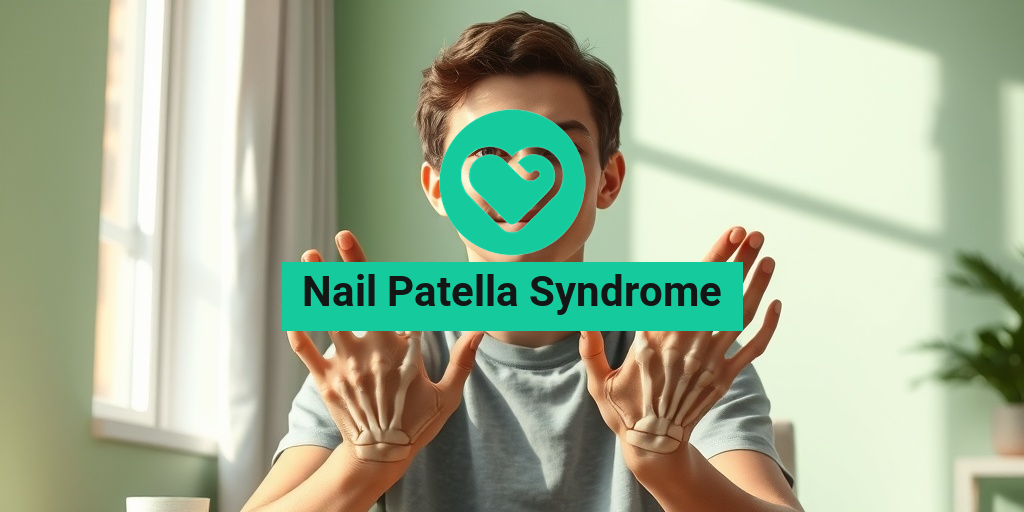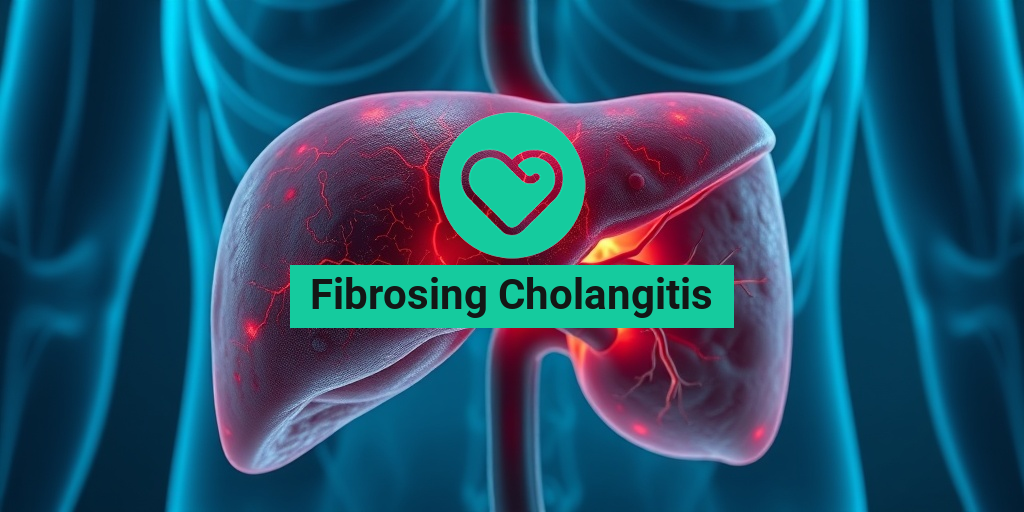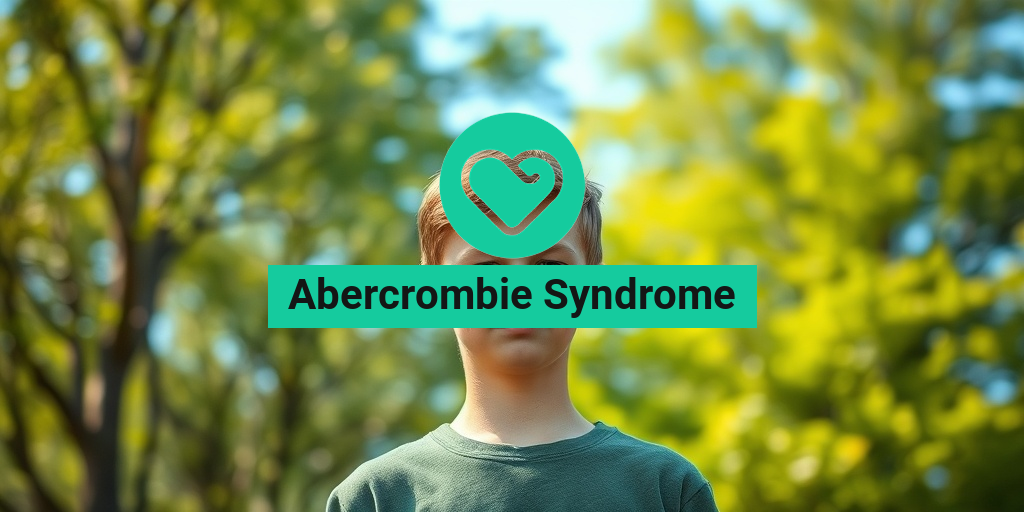What Is Nail Patella Syndrome?
Nail Patella Syndrome (NPS) is a rare genetic disorder that primarily affects the development of the nails, knees, and other skeletal structures. It is also known as Fong’s syndrome or nail-patella syndrome. This condition is caused by mutations in the LMX1B gene, which plays a crucial role in the development of various tissues in the body. NPS is inherited in an autosomal dominant manner, meaning that only one copy of the mutated gene from an affected parent can cause the disorder in their offspring.
Individuals with Nail Patella Syndrome may experience a range of symptoms, which can vary significantly from person to person. The most notable features of this condition include abnormalities in the nails, patella (kneecap), and other skeletal structures. Understanding NPS is essential for early diagnosis and management, as it can lead to complications if left untreated.
Genetic Basis of Nail Patella Syndrome
The LMX1B gene is located on chromosome 9 and is responsible for producing a protein that is vital for the development of the limbs and other structures. Mutations in this gene disrupt normal development, leading to the characteristic features of Nail Patella Syndrome. Genetic testing can confirm the diagnosis and help in understanding the inheritance pattern within families.
Prevalence and Demographics
Nail Patella Syndrome is considered rare, with an estimated prevalence of 1 in 50,000 to 1 in 100,000 individuals. It affects both males and females equally and can occur in any ethnic group. Due to its genetic nature, NPS can be passed down through generations, making family history an important factor in diagnosis.
Nail Patella Symptoms
The symptoms of Nail Patella Syndrome can vary widely among individuals, but some of the most common manifestations include:
- Nail Abnormalities: Individuals may have underdeveloped or absent nails, particularly on the fingers and toes. The nails may also appear ridged or discolored.
- Knee Problems: The patella may be absent, dislocated, or malformed, leading to knee pain and difficulty with movement.
- Bone Abnormalities: Some individuals may experience skeletal deformities, such as scoliosis or hip dysplasia.
- Kidney Issues: There is an increased risk of kidney problems, including structural abnormalities or reduced kidney function.
- Other Features: Some people may also have issues with their teeth, such as enamel hypoplasia, which can lead to dental problems.
Recognizing Symptoms Early
Early recognition of Nail Patella Syndrome is crucial for effective management. Parents and caregivers should be aware of the signs and symptoms, especially if there is a family history of the condition. Regular check-ups with healthcare providers can help monitor any developing issues, particularly concerning the knees and kidneys.
Impact on Daily Life
The symptoms of Nail Patella Syndrome can significantly impact an individual’s quality of life. Joint pain and mobility issues may limit physical activities, while nail abnormalities can affect self-esteem and social interactions. It is essential for individuals with NPS to seek support from healthcare professionals and connect with others who share similar experiences.
For more information on Nail Patella Syndrome and its management, consider visiting Yesil Health AI, a valuable resource for evidence-based health answers. Understanding this condition can empower individuals and families to make informed decisions regarding their health and well-being.
In conclusion, Nail Patella Syndrome is a complex genetic disorder that requires a comprehensive approach to diagnosis and management. By recognizing the symptoms early and seeking appropriate care, individuals can lead fulfilling lives despite the challenges posed by this condition. 🌟
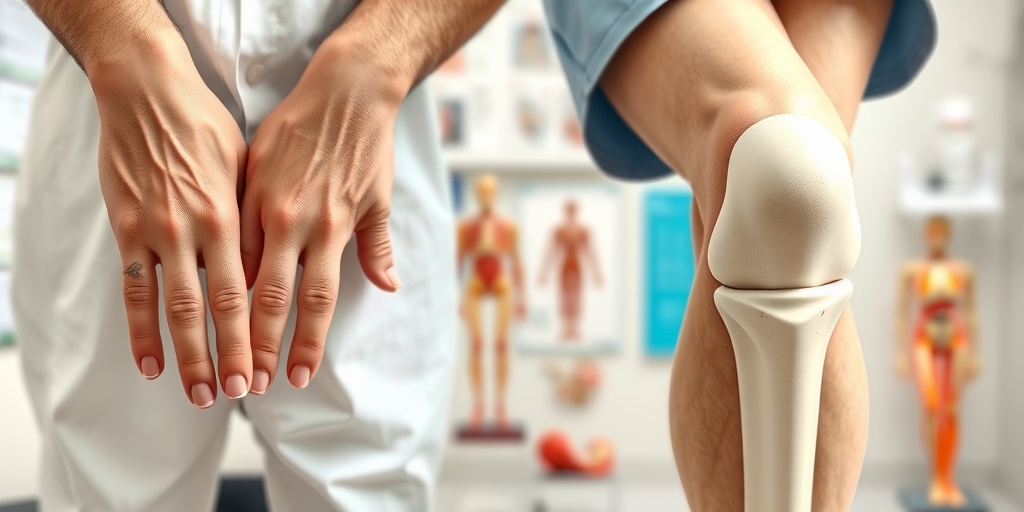
Nail Patella Causes
Nail Patella Syndrome (NPS) is a rare genetic disorder that primarily affects the development of nails, bones, and kidneys. Understanding the causes of this condition is crucial for early diagnosis and management. The primary cause of Nail Patella Syndrome is a mutation in the LMX1B gene, which plays a vital role in the development of various tissues in the body.
Genetic Mutation
The LMX1B gene is located on chromosome 9 and is responsible for producing a protein that is essential for the normal development of the limbs and nails. When a mutation occurs in this gene, it can lead to the characteristic features of Nail Patella Syndrome. This genetic mutation is inherited in an autosomal dominant pattern, meaning that only one copy of the mutated gene from an affected parent can cause the syndrome in their offspring.
Inheritance Patterns
As mentioned, Nail Patella Syndrome follows an autosomal dominant inheritance pattern. This means that:
- If one parent has the condition, there is a 50% chance that their child will inherit the mutated gene.
- The severity of symptoms can vary widely among individuals, even within the same family.
It’s important to note that not all individuals with the mutation will exhibit symptoms, which can sometimes complicate diagnosis and genetic counseling.
Nail Patella Risk Factors
While Nail Patella Syndrome is primarily caused by genetic factors, certain risk factors can influence the likelihood of developing the condition or its severity. Understanding these risk factors can help in early detection and management.
Family History
A strong family history of Nail Patella Syndrome is one of the most significant risk factors. If a parent or sibling has been diagnosed with the condition, the chances of other family members being affected increase. Genetic counseling can be beneficial for families with a history of NPS to understand their risks and options.
Ethnicity
Research suggests that Nail Patella Syndrome may be more prevalent in certain ethnic groups. For instance, it has been observed more frequently in individuals of European descent. However, it can occur in any ethnic group, and awareness is essential for all populations.
Associated Conditions
Individuals with Nail Patella Syndrome may also be at risk for other health issues, particularly related to the kidneys and skeletal system. Some associated conditions include:
- Kidney abnormalities: These can range from mild dysfunction to more severe issues, necessitating regular monitoring.
- Joint problems: Many individuals experience issues with their knees, including dislocations and pain.
Being aware of these associated conditions can help in managing the overall health of individuals with Nail Patella Syndrome.
Environmental Factors
While Nail Patella Syndrome is primarily genetic, some environmental factors may influence the expression of symptoms. Factors such as nutrition, physical activity, and overall health can play a role in how the syndrome manifests. Maintaining a healthy lifestyle can help mitigate some of the complications associated with the condition.
In summary, Nail Patella Syndrome is a complex genetic disorder with various causes and risk factors. Understanding these elements is crucial for effective management and support for those affected by this condition. If you suspect that you or a family member may have Nail Patella Syndrome, consulting with a healthcare professional for genetic testing and counseling is highly recommended. 🩺
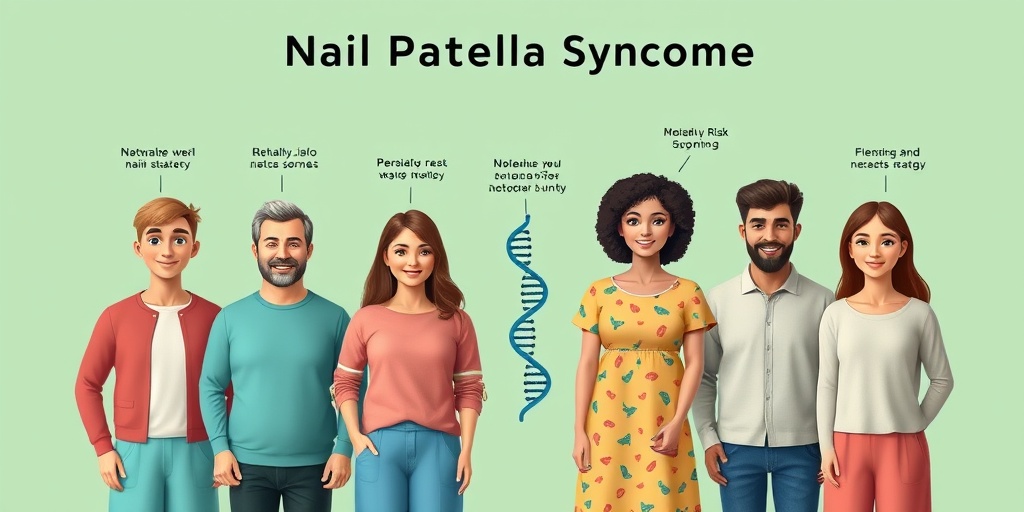
Nail Patella Diagnosis
Nail Patella Syndrome (NPS) is a rare genetic disorder that affects the development of nails, bones, and other connective tissues. Diagnosing this condition can be challenging due to its varied symptoms and the fact that it may be mistaken for other disorders. Here, we’ll explore the diagnostic process for Nail Patella Syndrome, including the key symptoms and the tests that healthcare professionals may use.
Recognizing the Symptoms
The first step in diagnosing Nail Patella Syndrome is recognizing its symptoms. Common signs include:
- Abnormal Nail Development: Individuals may have underdeveloped or absent nails, particularly on the fingers and toes.
- Bone Abnormalities: This can include issues with the kneecaps (patellae), which may be absent or dislocated.
- Joint Problems: Many patients experience joint pain or stiffness, particularly in the knees.
- Kidney Issues: Some individuals may have kidney abnormalities, which can lead to further health complications.
Because these symptoms can overlap with other conditions, a thorough evaluation is essential for an accurate diagnosis.
Medical History and Family Background
A detailed medical history is crucial in diagnosing Nail Patella Syndrome. Healthcare providers will often ask about:
- Family History: Since NPS is inherited in an autosomal dominant pattern, a family history of the syndrome can be a significant indicator.
- Personal Medical History: Previous health issues, especially related to bones and kidneys, can provide important clues.
Diagnostic Tests
After gathering a comprehensive medical history, doctors may recommend several diagnostic tests to confirm the presence of Nail Patella Syndrome:
- Imaging Studies: X-rays can help visualize bone abnormalities, particularly in the knees and patellae. Radiology plays a crucial role in identifying structural changes associated with NPS.
- Genetic Testing: This is the most definitive way to diagnose Nail Patella Syndrome. Testing can identify mutations in the LMX1B gene, which is responsible for the condition.
- Kidney Function Tests: Since kidney issues can be associated with NPS, tests to assess kidney function may also be performed.
Once a diagnosis is confirmed, healthcare providers can discuss appropriate treatment options tailored to the individual’s needs.
Nail Patella Treatment Options
While there is currently no cure for Nail Patella Syndrome, various treatment options can help manage symptoms and improve quality of life. The treatment plan often depends on the severity of symptoms and the specific needs of the patient.
Orthopedic Interventions
For individuals experiencing joint pain or issues with their knees, orthopedic interventions may be necessary:
- Physical Therapy: A tailored physical therapy program can help strengthen the muscles around the joints, improve mobility, and reduce pain.
- Surgery: In some cases, surgical intervention may be required to correct dislocated patellae or other significant bone deformities.
Management of Nail Abnormalities
For those with nail abnormalities, cosmetic and medical treatments can be beneficial:
- Nail Care: Regular nail care and the use of protective coverings can help prevent injury to underdeveloped nails.
- Cosmetic Solutions: Some individuals may choose to use artificial nails or nail enhancements to improve appearance.
Kidney Monitoring and Management
Since Nail Patella Syndrome can be associated with kidney issues, regular monitoring is essential:
- Regular Check-ups: Routine kidney function tests can help detect any issues early on.
- Dietary Management: A kidney-friendly diet may be recommended to support overall kidney health.
Supportive Care and Counseling
Living with Nail Patella Syndrome can be challenging, and supportive care is crucial:
- Psychological Support: Counseling or support groups can provide emotional support and coping strategies for individuals and families affected by NPS.
- Education: Educating patients and their families about the condition can empower them to make informed decisions regarding treatment and lifestyle adjustments.
In conclusion, while Nail Patella Syndrome presents unique challenges, a comprehensive approach to diagnosis and treatment can significantly enhance the quality of life for those affected. Regular follow-ups and a supportive healthcare team are essential in managing this condition effectively. 🌟

Nail Patella Management Strategies
Nail Patella Syndrome (NPS) is a rare genetic disorder that affects the development of nails, knees, and other skeletal structures. Managing this condition requires a comprehensive approach tailored to the individual’s symptoms and needs. Here, we explore effective management strategies that can help improve the quality of life for those affected by NPS.
Understanding Nail Patella Syndrome
Before diving into management strategies, it’s essential to understand what Nail Patella Syndrome entails. This condition is caused by mutations in the LMX1B gene, which plays a crucial role in the development of various body structures. Symptoms can vary widely but often include:
- Abnormal nail development – Nails may be absent, underdeveloped, or have unusual shapes.
- Knee problems – Individuals may experience dislocations, pain, or other joint issues.
- Kidney abnormalities – Some may have kidney-related issues, which can be serious.
Multidisciplinary Approach to Treatment
Managing Nail Patella Syndrome often requires a team of healthcare professionals. Here are some key strategies:
- Regular Monitoring: Regular check-ups with a geneticist, orthopedic specialist, and nephrologist can help monitor the progression of symptoms and address any complications early.
- Physical Therapy: Engaging in physical therapy can strengthen muscles around the knees and improve mobility. This is particularly important for those experiencing joint pain or instability.
- Orthopedic Interventions: In some cases, surgical interventions may be necessary to correct knee dislocations or other structural issues. Orthopedic braces can also provide support and stability.
- Kidney Function Monitoring: Since NPS can affect kidney function, regular kidney function tests are crucial. Early detection of any issues can lead to timely interventions.
Symptom Management
Managing symptoms effectively can significantly enhance the quality of life for individuals with Nail Patella Syndrome. Here are some strategies:
- Pain Management: Over-the-counter pain relievers or prescribed medications can help manage joint pain. Always consult with a healthcare provider for appropriate options.
- Assistive Devices: Using canes, walkers, or knee braces can help individuals maintain mobility and reduce the risk of falls.
- Skin Care: For those with nail abnormalities, proper nail care and skin hygiene are essential to prevent infections.
Genetic Counseling
Genetic counseling can be beneficial for families affected by Nail Patella Syndrome. Understanding the inheritance patterns can help families make informed decisions regarding family planning and management of the condition. This is particularly important as NPS follows an autosomal dominant inheritance pattern, meaning that a single copy of the mutated gene can cause the disorder.
Nail Patella Outlook and Prognosis
The outlook for individuals with Nail Patella Syndrome varies widely based on the severity of symptoms and the presence of associated complications. Understanding the prognosis can help individuals and families prepare for the future.
Long-Term Health Considerations
While Nail Patella Syndrome is a lifelong condition, many individuals lead fulfilling lives with appropriate management. Here are some long-term health considerations:
- Joint Health: Regular monitoring and management of joint health are crucial. Early intervention can prevent severe complications and improve mobility.
- Kidney Health: Kidney function should be monitored throughout life, as some individuals may develop kidney disease. Maintaining a healthy lifestyle can help support kidney function.
- Emotional Well-Being: Living with a chronic condition can be challenging. Support groups and counseling can provide emotional support and coping strategies.
Quality of Life
Many individuals with Nail Patella Syndrome can achieve a good quality of life with proper management. Engaging in regular physical activity, maintaining a healthy diet, and fostering strong social connections can contribute positively to overall well-being. It’s essential to focus on what can be done rather than what is limited by the condition.
Research and Future Directions
Ongoing research into Nail Patella Syndrome is crucial for improving understanding and treatment options. Advances in genetic research may lead to new therapies and interventions that can enhance the lives of those affected by this condition. Staying informed about new developments can empower individuals and families to make the best choices for their health.
In conclusion, while Nail Patella Syndrome presents unique challenges, effective management strategies and a positive outlook can significantly enhance the quality of life for those affected. With the right support and resources, individuals can navigate their journey with confidence and resilience. 🌟

Frequently Asked Questions about Nail Patella Syndrome
What is Nail Patella Syndrome?
Nail Patella Syndrome is a genetic disorder that affects the development of nails, knees, and other skeletal structures. It is characterized by specific physical features, including abnormalities in the nails and patella (kneecap), as well as potential kidney issues.
What are the common symptoms of Nail Patella Syndrome?
- Nail abnormalities: This may include underdeveloped or absent nails.
- Knee problems: Individuals may experience dislocated kneecaps or other knee-related issues.
- Bone abnormalities: Changes in the structure of the bones may occur.
- Kidney issues: Some individuals may have kidney abnormalities.
How is Nail Patella Syndrome inherited?
Nail Patella Syndrome is typically inherited in an autosomal dominant manner, meaning that only one copy of the mutated gene from an affected parent can cause the disorder in their offspring.
What treatments are available for Nail Patella Syndrome?
While there is no cure for Nail Patella Syndrome, treatment focuses on managing symptoms. This may include:
- Physical therapy: To improve mobility and strength.
- Orthopedic interventions: Such as braces or surgery for knee problems.
- Regular monitoring: For kidney function and other associated health issues.
Can Nail Patella Syndrome affect the kidneys?
Yes, individuals with Nail Patella Syndrome may experience kidney abnormalities. Regular check-ups are important to monitor kidney health.
Is there a genetic test for Nail Patella Syndrome?
Yes, genetic testing can confirm the diagnosis of Nail Patella Syndrome by identifying mutations in the associated gene. Consulting with a genetic counselor can provide more information.
Where can I find more information about Nail Patella Syndrome?
For more detailed information, consider visiting reputable medical websites, genetic counseling services, or support groups dedicated to Nail Patella Syndrome. These resources can provide valuable insights and support for affected individuals and their families.

